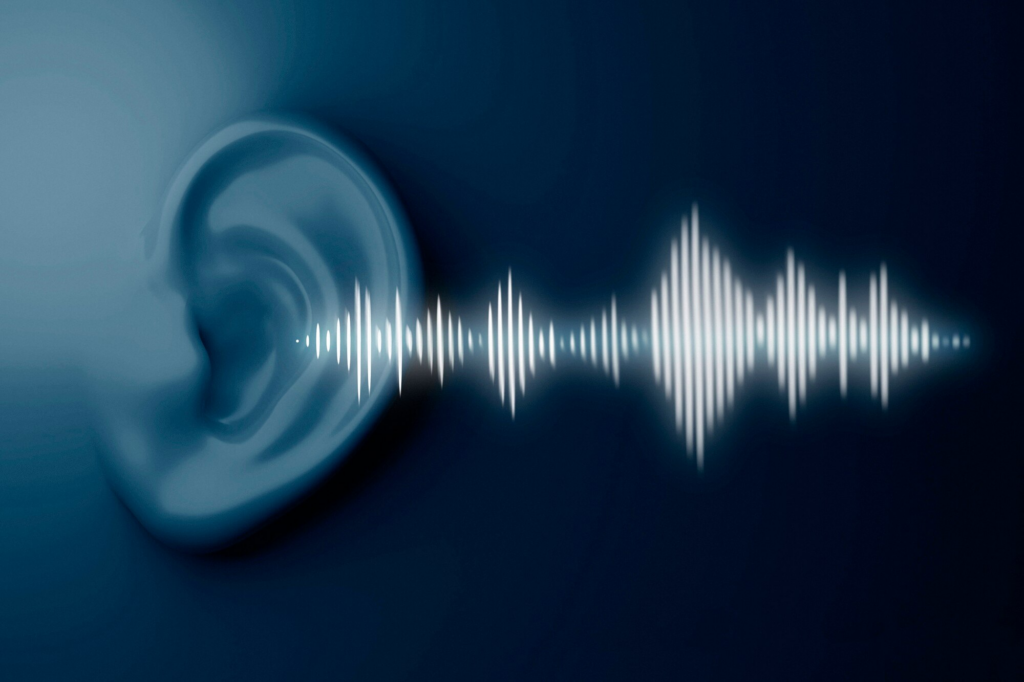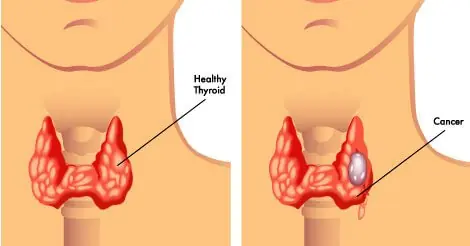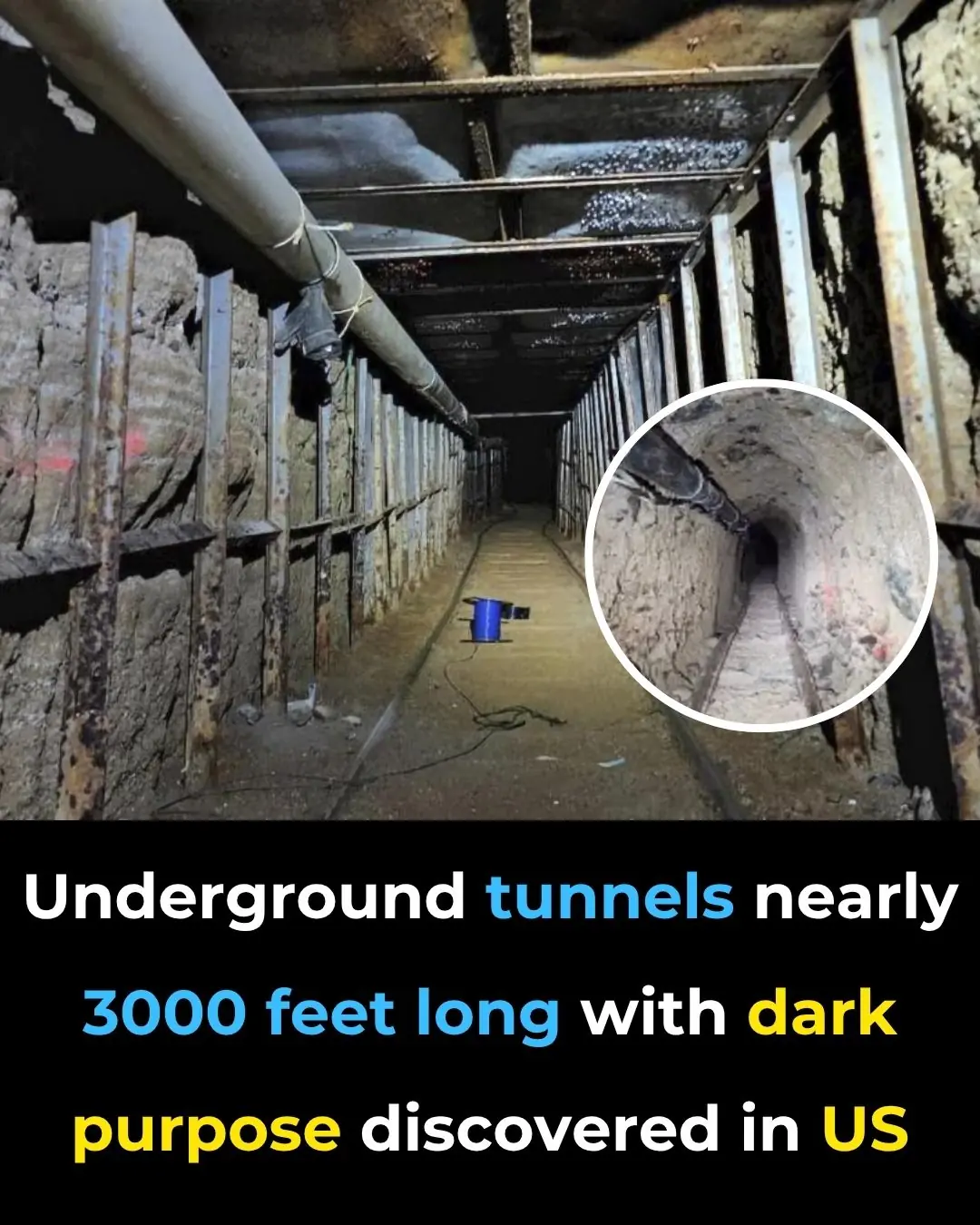
There Is One Sound A Person Makes That Means They Have Less Than 24 Hours To Live
Life is filled with countless moments, but some moments are more defining than others. There are certain instances in life that we can never predict—an unexpected phone call, a sudden life-changing decision, or even the sound of a loved one’s voice in a moment of crisis. One particular sound, however, carries with it a heavy weight—an unmistakable sound that signifies a life hanging in the balance. It is a sound that may be heard in a hospital room, in the middle of an emergency, or even in the solitude of one’s own home. This sound is the sound of a death rattle, the final sound a person makes when they have less than 24 hours to live.
A death rattle is a term used to describe the noise a person makes when they are nearing the end of their life. This sound, often described as a gurgling, rattling, or gurgling-like noise, is produced by the accumulation of fluids in the throat, windpipe, and lungs as the body begins to shut down. It is typically heard in individuals who are suffering from a terminal illness, such as cancer, organ failure, or advanced stages of chronic illness. The sound itself is not an indicator of pain or distress, but rather a physiological response as the body’s systems start to slow down.
The cause of the death rattle lies in the body’s inability to clear these fluids effectively. As death approaches, the muscles responsible for controlling breathing and swallowing weaken. The person may have difficulty swallowing saliva or mucus, and the fluids begin to build up in the throat and chest. As air passes through these fluids, it creates the characteristic rattling or gurgling sound. For loved ones who are present, this sound can be deeply unsettling, as it is often associated with the final moments of life.
Despite its eerie nature, the death rattle is a natural part of the dying process. It does not always occur, but when it does, it signals that the end is near. It is often an indicator that a person has entered the final stages of their illness and that they may have less than 24 hours to live. This sound can be a reminder that life is fragile, that time is fleeting, and that we must cherish every moment we have with those we love.
While the death rattle is a sign that a person’s body is preparing to let go, it is important to note that it does not necessarily reflect the person’s experience or consciousness. Many people who experience the death rattle are no longer conscious or aware of their surroundings. In some cases, they may even be in a coma-like state, free from pain or discomfort. For family members and caregivers, understanding the physiological nature of the death rattle can offer a sense of comfort during this challenging time, as they recognize that it is simply a part of the natural process of dying.
For those who are present during these final moments, it can be a time of reflection, grief, and acceptance. The death rattle often serves as a reminder that life is precious and that we must live with purpose, cherishing the time we have. It can also be an opportunity for family members to offer comfort, love, and support to the person who is passing, providing a peaceful and dignified environment during their final moments.
In conclusion, the sound of a death rattle is one of the most profound sounds a person can make. It marks the beginning of the end, a signal that a person has less than 24 hours to live. While it may be unsettling, it is a natural and inevitable part of the dying process. For those who experience it, it serves as a reminder that life is fragile and that we must appreciate each moment we have with those we love. It is a reminder to embrace life with gratitude and to cherish the time we have before it is gone.
News in the same category


Scientists Explain The Effects of Eating Too Much Sugar

Urgent Warning: U.S. Salmon May Be Infected with Japanese Tapeworm, Say Scientists

Why Kidney Failure Is Striking The Young—And How To Stop It

Nurse Reveals The Spine-Chilling Truth About What Happens After We Die

One Month Before A Heart Attack, Your Feet Will Give You These 6 Silent Warnings

Striking simulation illustrates the progression of death from cancer

6 Types of Foods That Can Negatively Affect Your Thyroid

Stage 4 Cancer Survivor's Urgent Warning: Overlooked Minor Signs Can Hide Deadly Disease

Colon Cancer & Your Poop: What to Watch For and When to Get Help

Cardiologist Breaks Down 3 Unexpected Red Flags Of A Weak Heart

MY STAGE FOUR CANCER SYMPTOMS WERE DISMISSED BY TWO HOSPITALS - I WON'T GET TO SEE MY LITTLE GIRL GROW UP

Doctor Reveals: MRI Scan Of The Face Of A 33-Year-Old Woman Reveals Where All Of Her Filler Went

Warning Signs You Should Never Ignore: The Silent Symptoms Of A Brain Aneurysm

Having This Blood Type Will Make You Age Slower—And It’s Backed By Science

Shocking amount of time one can of soda can take off your life
One can of soda might seem harmless, but when multiplied across days, weeks, and years, the cost adds up - to minutes, hours, and even years of life lost.

Common Backyard Plant May Help Fight Tumors, Diabetes, And High Blood Pressure

Drinking Water On An Empty Stomach: Japanese Water Therapy, What Science Says and More

8 Natural Remedies for Sinus Infections That Work Without Antibiotics
News Post

Waking Up with Numb or Tingling Hands: What It Really Means (Science-Based)

Scientists Explain The Effects of Eating Too Much Sugar

Urgent Warning: U.S. Salmon May Be Infected with Japanese Tapeworm, Say Scientists

Earth Plunged Into Darkness For Six Minutes In Rare Event Not Seen In A Century

Brain Teaser: Can you identify the error in this family’s dining room photo in under 15 seconds?

Authorities Discover 1,600‑Foot Drug Tunnel Under Us–Mexico Border With Lighting And Rail System

Bill Gates Says Only 3 Jobs Are Safe From AI — Are You In One Of Them?

Here’s What It Really Means When A Man Turns His Back In Bed

If You See A Man With One Painted Fingernail, Here’s What It Means

This house looked like it was about to fall into itself until one family stepped in

Why Kidney Failure Is Striking The Young—And How To Stop It

Bill Gates reveals profession which will remain '100% human' even after AI replaces most jobs

People shocked after passenger filmed as their phone went through X-ray scanner at airport

Mammoth structures discovered beneath Africa could be 'ancient planet' 4,500,000,000 years old

YouTuber discovers 78-year-old woman who's been keeping her own world alive in a 'dead' game for years

Nurse Reveals The Spine-Chilling Truth About What Happens After We Die

If You See A Man With One Painted Fingernail, Here’s What It Means

One Month Before A Heart Attack, Your Feet Will Give You These 6 Silent Warnings

Six Minutes Beyond Life: What I Saw After Dying And Coming Back
